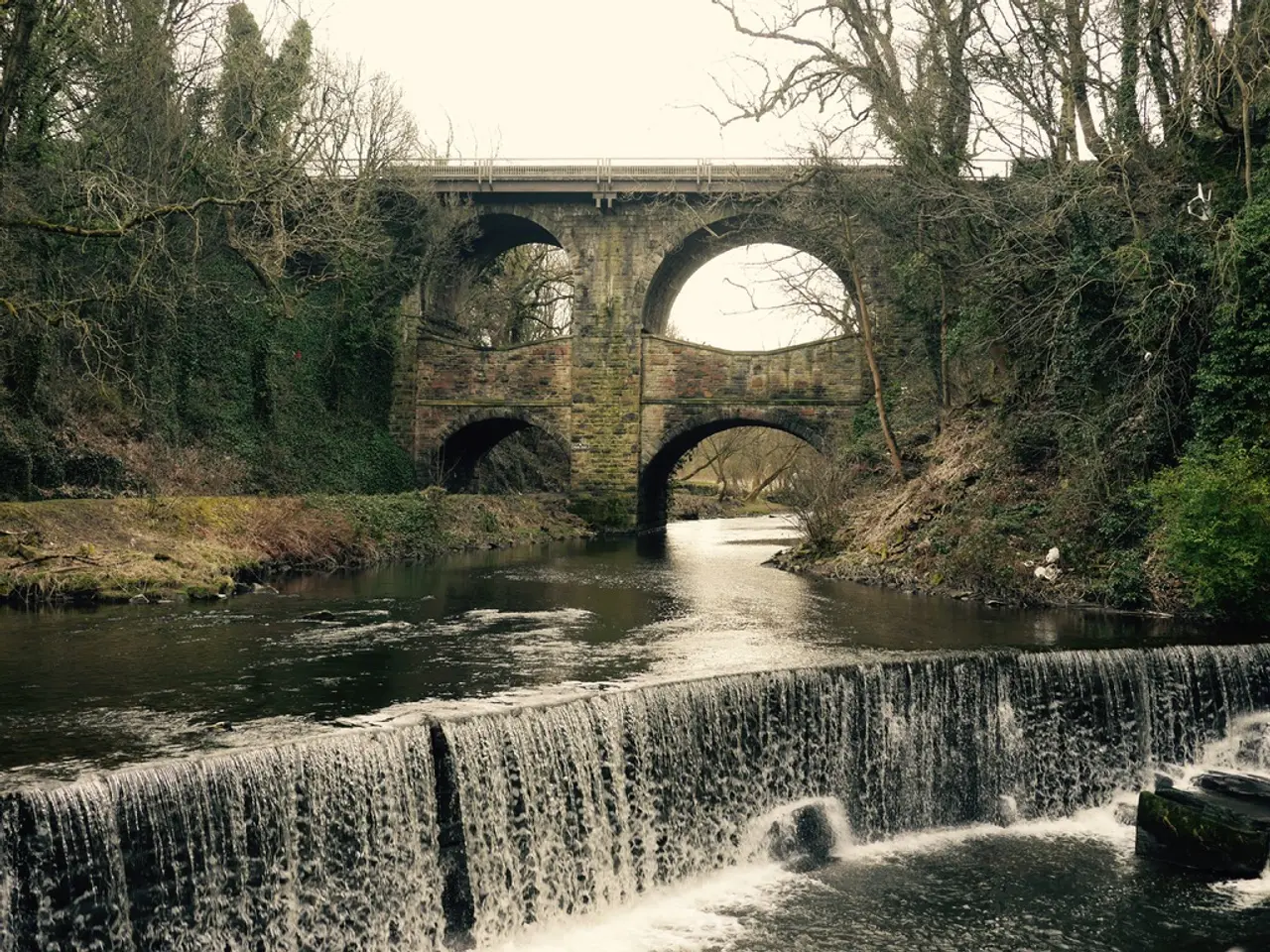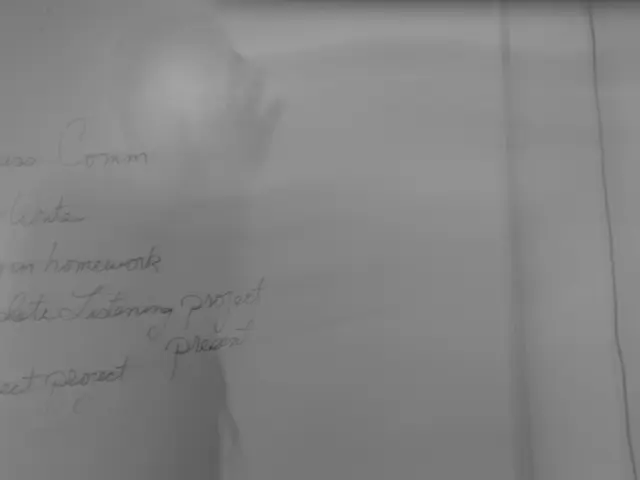LIGO Association
In the realm of physics, a seminal work titled "Relativity: The Special and General Theory," penned by Albert Einstein and published in 1916, laid the foundation for our understanding of gravitational waves. This theory predicted that the acceleration of massive objects could generate ripples in the fabric of spacetime, which propagate outward at the speed of light. These ripples, known as gravitational waves, were a century-old prediction that would soon become a reality.
Fast forward to 2016, LIGO, the Laser Interferometer Gravitational-Wave Observatory, made the first-ever direct detection of gravitational waves, confirming Einstein's prediction. LIGO's detectors, located in Hanford, Washington, and Livingston, Louisiana, consist of two L-shaped interferometers that use highly sensitive laser systems to detect minute changes in distance caused by passing gravitational waves.
This groundbreaking discovery marked the beginning of a new era in astronomy, known as gravitational wave astronomy. LIGO's detections have since provided a novel way to explore the universe, offering insights into the behavior of massive cosmic events.
In 2017, LIGO, along with the Virgo collaboration, jointly detected the first gravitational waves from a binary neutron star merger, an event also observed across the electromagnetic spectrum. This discovery not only confirmed Einstein's predictions but also opened up new avenues for research, potentially leading to a greater understanding of the nature of gravity, the behavior of black holes, and the origins of the universe.
The LIGO collaboration, an international effort involving over 1,200 scientists and engineers, was awarded the 2017 Nobel Prize in Physics for their decisive contributions to the development of the LIGO detector and the observation of gravitational waves. Among the laureates were Rainer Weiss, Kip Thorne, and Barry Barish.
The science behind LIGO involves highly sensitive laser interferometry, which measures the minute changes in the relative lengths of the interferometer's arms due to a passing gravitational wave. This technology has allowed LIGO to detect these elusive ripples in the fabric of spacetime, revolutionising our understanding of the universe.
The LIGO collaboration's discoveries have been documented in books such as "Black Hole Blues and Other Songs from Outer Space" by Janna Levin. As we look to the future, the collaboration and the global scientific community are poised to make even more significant discoveries with continued research and improvements to the sensitivity of the detectors.
In conclusion, LIGO's discoveries have not only confirmed Einstein's predictions but also opened up a new way of observing and understanding the universe. The future of gravitational wave astronomy promises to unveil even more mysteries of the cosmos, offering a fascinating glimpse into the workings of the universe at its most fundamental level.








